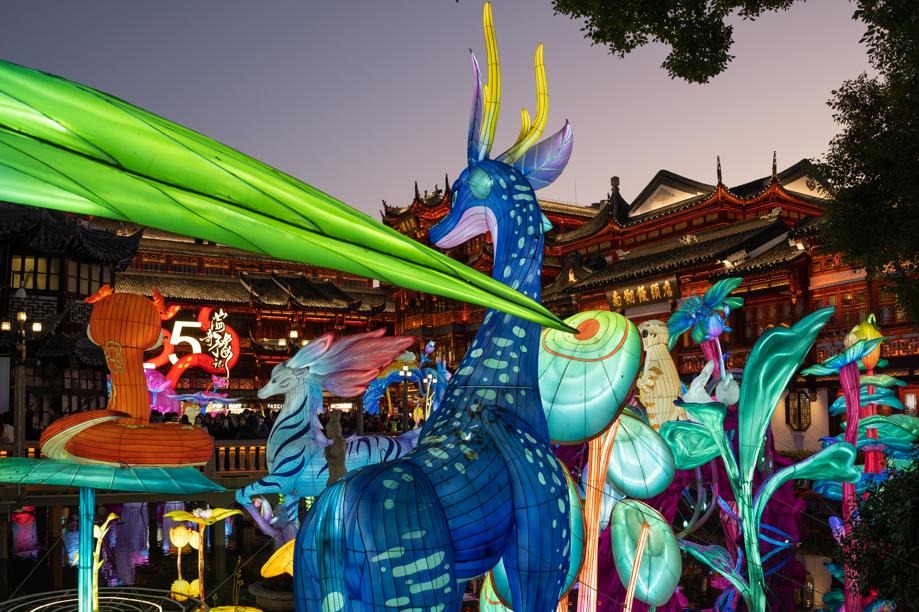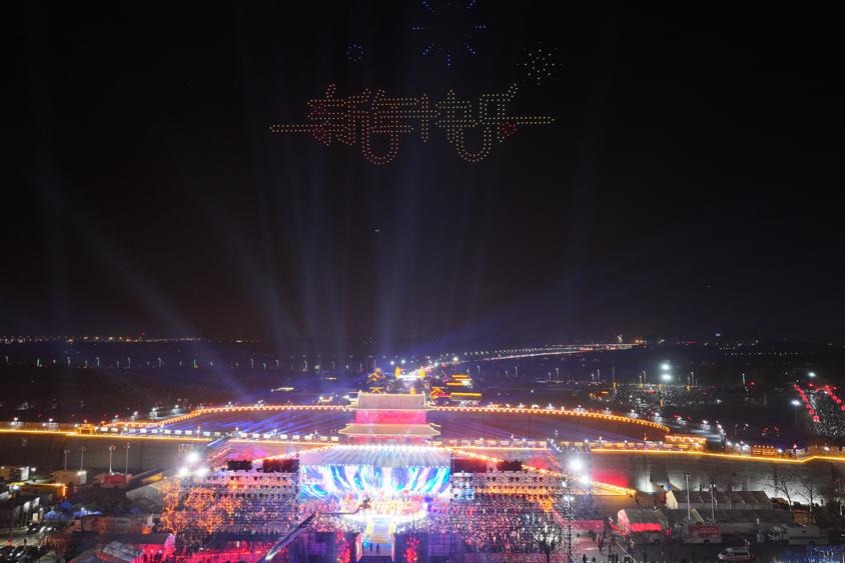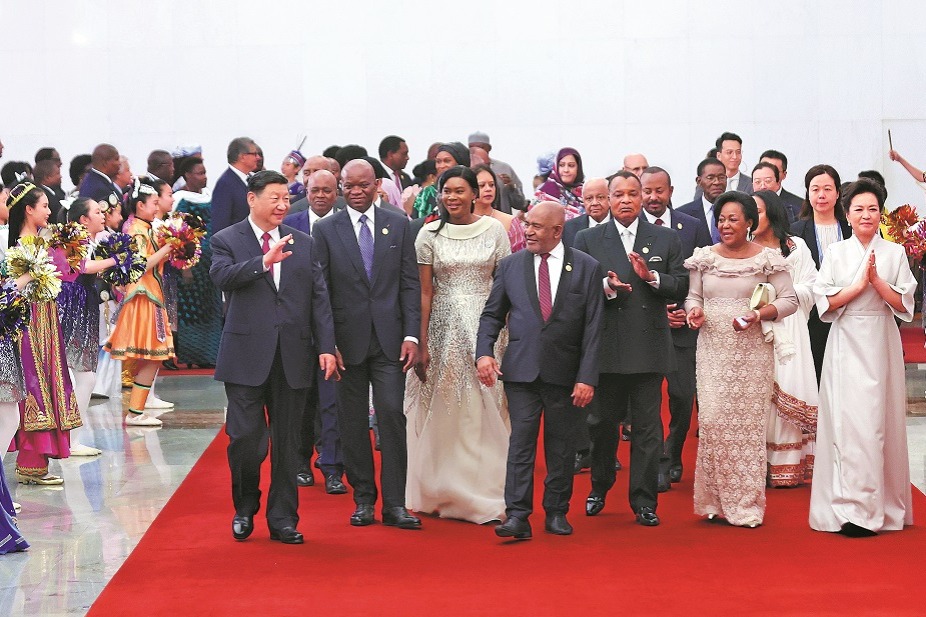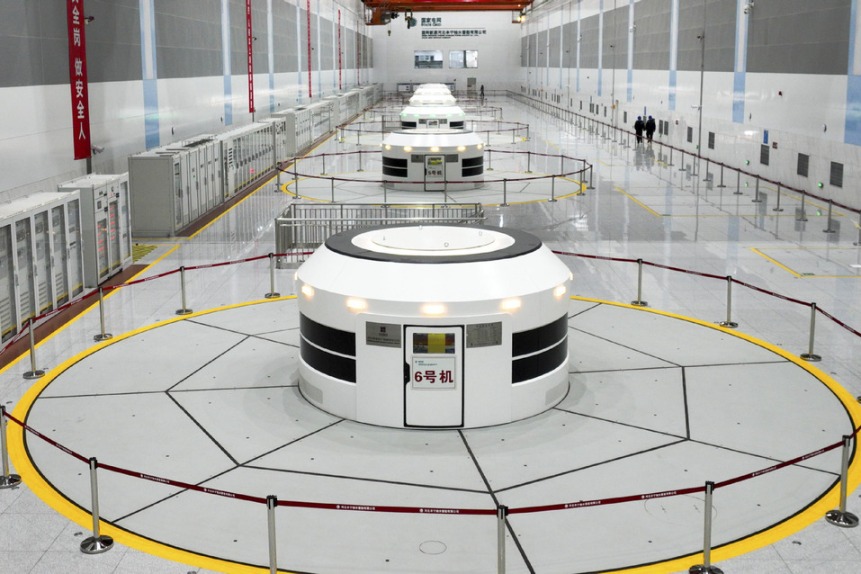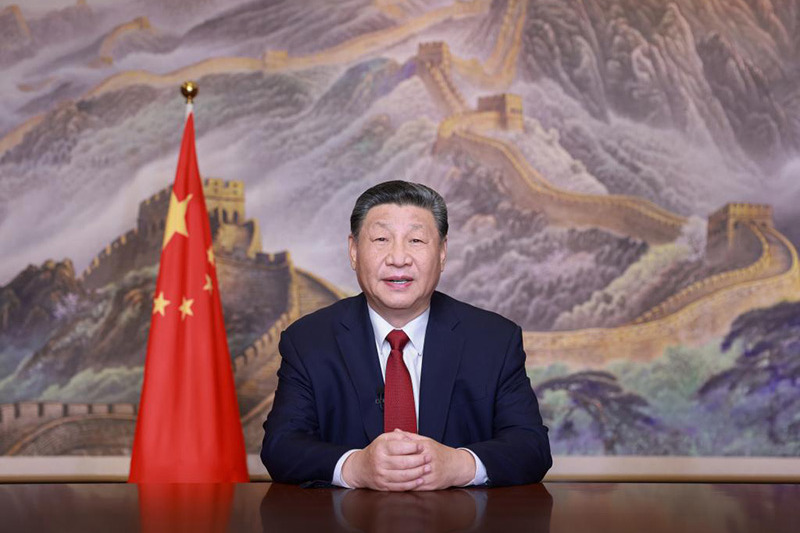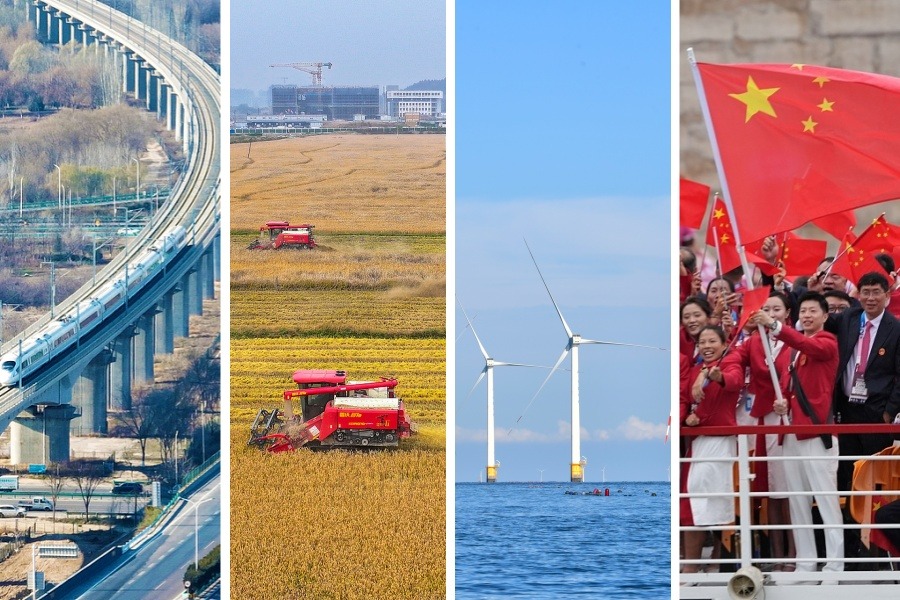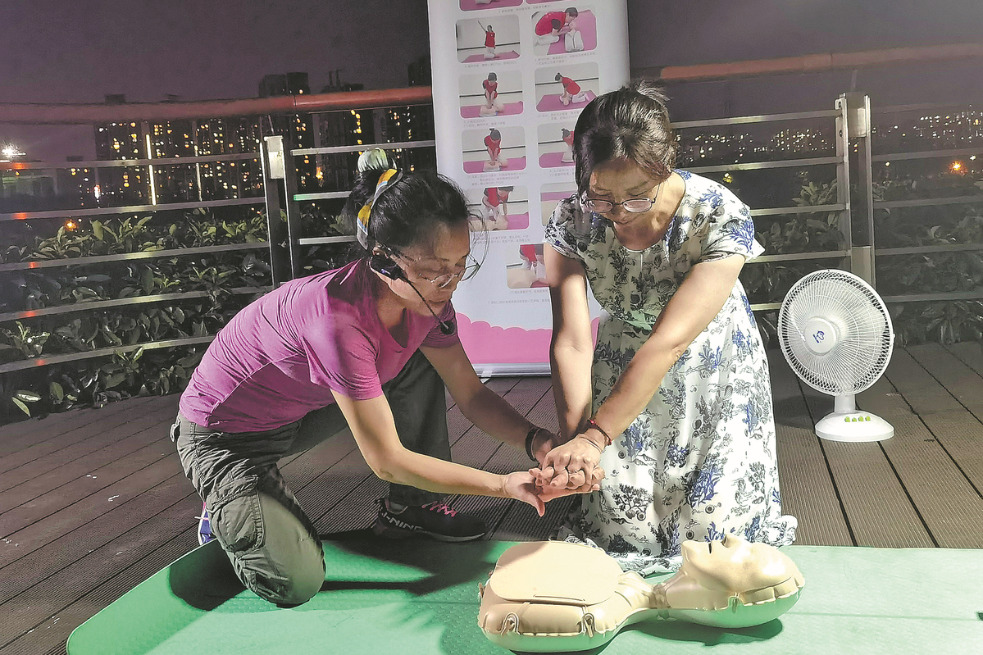Nation moves ahead with ambitious climate goals


Green buildings
Buildings are one of the main contributors to heat-trapping gas emissions in China, which has taken a series of actions to transform them into sources of renewable energy with the help of Building Integrated Photovoltaics, or BIPV.
LONGi Green Energy Technology, a leading Chinese manufacturer of monocrystalline silicon photovoltaic products, has invested in manufacturers of building materials to jointly make roofs and curtain walls that generate electricity. Many local governments, including those in Beijing, Shanghai and Tianjin, have introduced policies to promote BIPV in the next three to five years.
Unlike positioning solar panels on the roofs of buildings to create power-generating areas, BIPV replaces traditional construction elements with solar-incorporated modules that reduce installation time.

Hangergy, which is based in Beijing, launched its BIPV roof, the Hantile, in 2017. Solar company Risen Energy said it is also developing numerous BIPV products, as the domestic market is expected to grow with the introduction of new rules and subsidies to expand renewable and clean energy sources to meet the ambitious climate goals.
Liu Sixuan, chief engineer for new energy buildings at LONGi, said rooftop solar facilities will encourage sectors that involve BIPV, adding that the active participation of companies and the gradual reduction of costs have provided momentum.
BIPV is viewed as a ticket to rapid development as the government strives to achieve its climate targets, she added.
- Mount Qomolangma's foreign tourist number doubles in 2024
- Yuyuan Garden lights up with Year of the Snake lantern installations
- New dendrobium orchid species found in Sichuan
- People welcome the New Year across China
- China's railway trips expected to hit 11.5 million on New Year's Day
- Beijing: where ancient traditions meet modern marvels

















